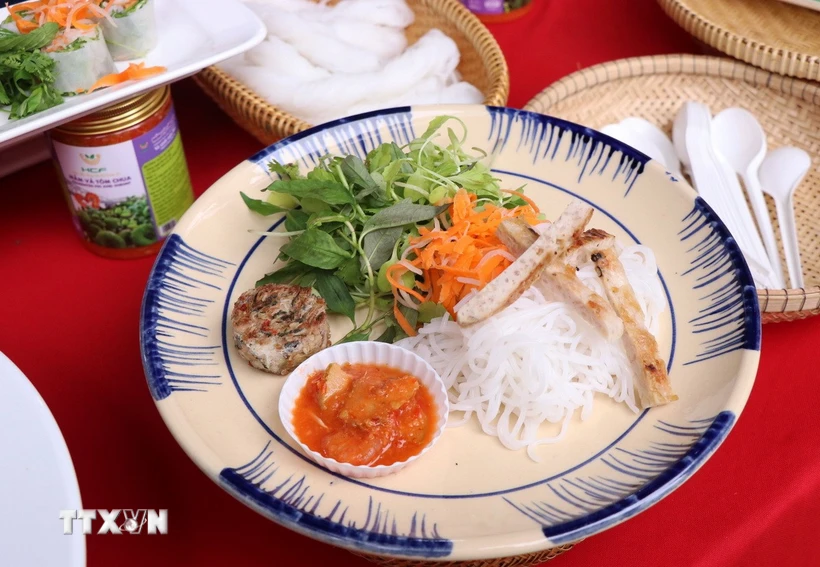 Bun Van Cu is processed into many unique dishes imbued with Hue culture. (Photo: Tuong Vi/VNA)
Bun Van Cu is processed into many unique dishes imbued with Hue culture. (Photo: Tuong Vi/VNA)
Van Cu Village, located peacefully in the North of Hue city, stretching along the poetic South bank of the Bo River, is a famous place associated with the traditional noodle making profession.
For generations, the pure white vermicelli noodles of this village have been regularly transported by locals to markets, eateries and restaurants throughout Hue city.
Bun Van Cu is not only an important ingredient in local cuisine but also a symbol that contributes to the reputation of Hue beef noodle soup - a famous specialty of the ancient capital.
It is difficult to mention Hue without mentioning the image of the meaningful Van Cu noodle stalls connecting tradition and long-standing cultural beauty.
Hundred-year-old craft village on the Bo River
Since ancient times, making vermicelli in Van Cu village has not only been a way of making a living, but also considered a unique cultural feature, clearly reflecting the life and spirit of the people here.
According to the oral tradition of Van Cu villagers, long ago, a group of people from Dang Ngoai followed Lord Nguyen Hoang to the South to make a living, choosing Co Thap village (now in Quang Dien district) as their place to settle down. In the group, there was a girl who was both beautiful and talented, always receiving love from everyone.
The villagers are mainly involved in farming, but the girl has created her own unique style by choosing to make vermicelli from her hometown rice grains. Thanks to her skillful craftsmanship and delicious vermicelli flavor, people affectionately call her "Miss Bun."
However, some jealous people took advantage of the fact that the area had suffered three consecutive years of crop failure to spread rumors that the gods were punishing the villagers. They believed that the reason was because "Miss Bun" had the audacity to soak, rub and grind the "heavenly pearl" to make vermicelli.
The villagers were angry and pressured her to choose between giving up her job or leaving the place. Determined to keep her job, "Miss Bun" decided to leave.
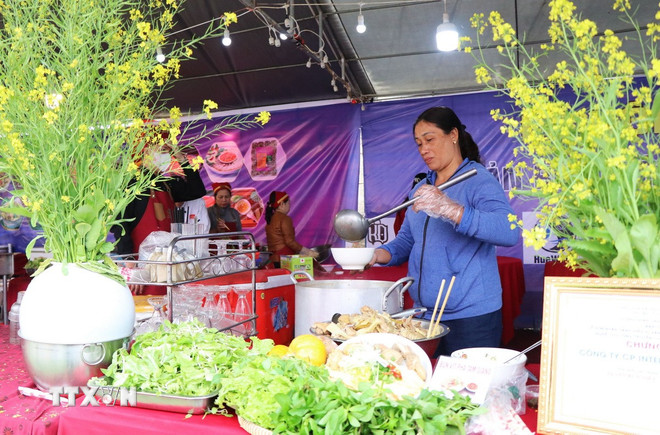 Bun Van Cu is processed into many unique dishes imbued with Hue culture. (Photo: Tuong Vi/VNA)
Bun Van Cu is processed into many unique dishes imbued with Hue culture. (Photo: Tuong Vi/VNA)
Being a kind-hearted woman, she was given the right to choose her own path by the villagers and was also assigned five strong young men to escort her, helping her carry the heavy stone mortar. Together they continued to move eastward. When the fifth young man was exhausted, she suddenly realized that this place, by the will of heaven, was destined to be her resting place.
Seeing the surrounding scenery of green trees, along with the cool Bo River winding through the village, she decided to choose Van Cu as a place to stop and build her career.
Here, she passed on the secret of making vermicelli to the people in the area. Over time, the vermicelli making profession continued to develop, becoming a famous brand throughout Dang Trong and the Nguyen Dynasty.
Since then, the vermicelli making profession has been preserved by the descendants of Van Cu village through many generations and Van Cu is the only locality in the Central region that holds a ceremony to honor the founder of the profession, Mrs. Bun, on January 22.
The process of making famous vermicelli
Each noodle is not only a combination of rice, water and the skillful hands of Van Cu craftsmen, but also contains spiritual values, the crystallization of a process of preserving and developing the traditional craft through many generations.
The noodle makers here not only create products to sell, but they also work with all their love for the profession, deep pride and appreciation for the heritage left by their ancestors.
In Van Cu vermicelli village, almost every family wakes up at dawn, lights on to prepare vermicelli for the morning market. To ensure they have enough ingredients ready, they have to soak rice, grind it and prepare every step carefully since the previous evening.
To create delicious noodles, it is necessary to go through many meticulous stages. Each step in this process requires its own secrets to ensure quality. In particular, the type of rice chosen plays an important role, greatly determining the perfection of the finished product.
The rice used is Khang Dan, a popular local variety. This is not the most expensive or high-quality rice, but simply a short-term variety that is often grown by people to ensure food during lean times. The rice does not need to be too shiny, but it must be clean, moderately dry, not too dry and not too moist.
The rice is soaked thoroughly to remove all impurities, then washed again with cold water to ensure the rice is truly clean. Next, move on to the stages of milling rice, kneading dough, shaping and cooking vermicelli.
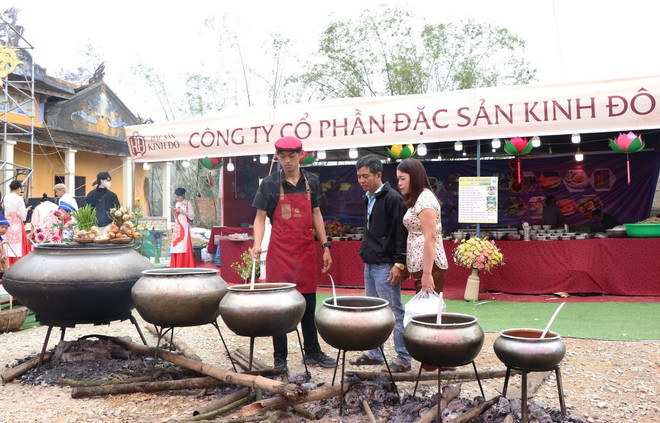 Vietnamese Bun Heritage Culinary Festival - Van Cu Bun Village. (Photo: Tuong Vi/VNA)
Vietnamese Bun Heritage Culinary Festival - Van Cu Bun Village. (Photo: Tuong Vi/VNA)
Van Cu vermicelli is known not only for its delicious and unique flavor but also for its elaborate and sophisticated processing. What makes Van Cu vermicelli different is that the locals here do not use any additives other than raw salt.
Thanks to that, the village's vermicelli not only achieves a rare smoothness but also has an eye-catching clear white color, an attractive glossy surface. When enjoying, the vermicelli does not have a sour taste but has a light aroma of rice flour, moderate toughness and is not too soft or too hard.
In the past, vermicelli was produced using traditional methods, which took a lot of time and effort. Nowadays, villagers have used modern machinery and equipment to save time and effort while still ensuring quality, food safety and hygiene and higher productivity.
Making Van Cu an attractive destination
According to data from the People's Committee of Huong Toan Commune, Van Cu village currently has 125 households engaged in vermicelli making, accounting for nearly one-third of the total 399 households in the village. There are about 325 regular workers involved in production.
Currently, the village plays an important role in providing raw vermicelli noodles to many restaurants and eateries in Hue city as well as neighboring provinces.
The vermicelli making profession in Van Cu is not simply a food production job, but more deeply, it is also the soul, memory and characteristics of the local culture. Thanks to these unique and meaningful values, the Van Cu vermicelli craft village has been officially recognized by the Ministry of Culture, Sports and Tourism as a National Intangible Cultural Heritage under Decision No. 3979/QD-BVHTTDL issued on December 10, 2024.
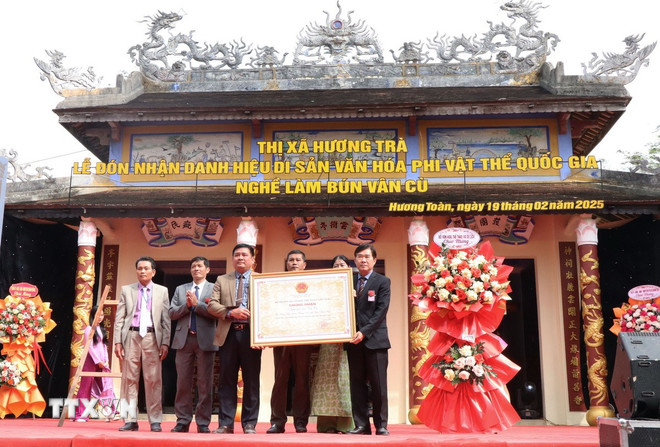 Receiving the title of National Intangible Cultural Heritage for the craft of making Van Cu vermicelli. (Photo: Tuong Vi/VNA)
Receiving the title of National Intangible Cultural Heritage for the craft of making Van Cu vermicelli. (Photo: Tuong Vi/VNA)
In the coming time, the People's Committee of Huong Tra town will strengthen the implementation of synchronous solutions, focusing on harmonizing the preservation of cultural heritage and promoting production development, aiming at the goal of sustainable development.
This area plans to build a specialized exhibition space for the Van Cu vermicelli making craft at Ba Bun Temple. At the same time, practical activities and teaching will be organized in a systematic manner to preserve and promote the value of intangible cultural heritage. At the same time, incentive and support policies will also be integrated to promote sustainable development for the craft and traditional craft villages.
Van Cu Village, with its special advantages from cultural heritage and prime location on the Bo River, is becoming an ideal destination for craft village tours, combining road and waterway journeys in Hue and neighboring areas.
This is also the basis for Huong Tra town, Huong Toan commune and relevant departments to coordinate in conducting surveys and research to include Van Cu craft village in the tour and key sightseeing route following the model of "Traditional craft village sightseeing and experience tourism" when tourists come to visit Hue city./.
Source: https://www.vietnamplus.vn/den-hue-tham-lang-nghe-lam-bun-van-cu-co-tuoi-doi-hon-400-nam-post1013239.vnp








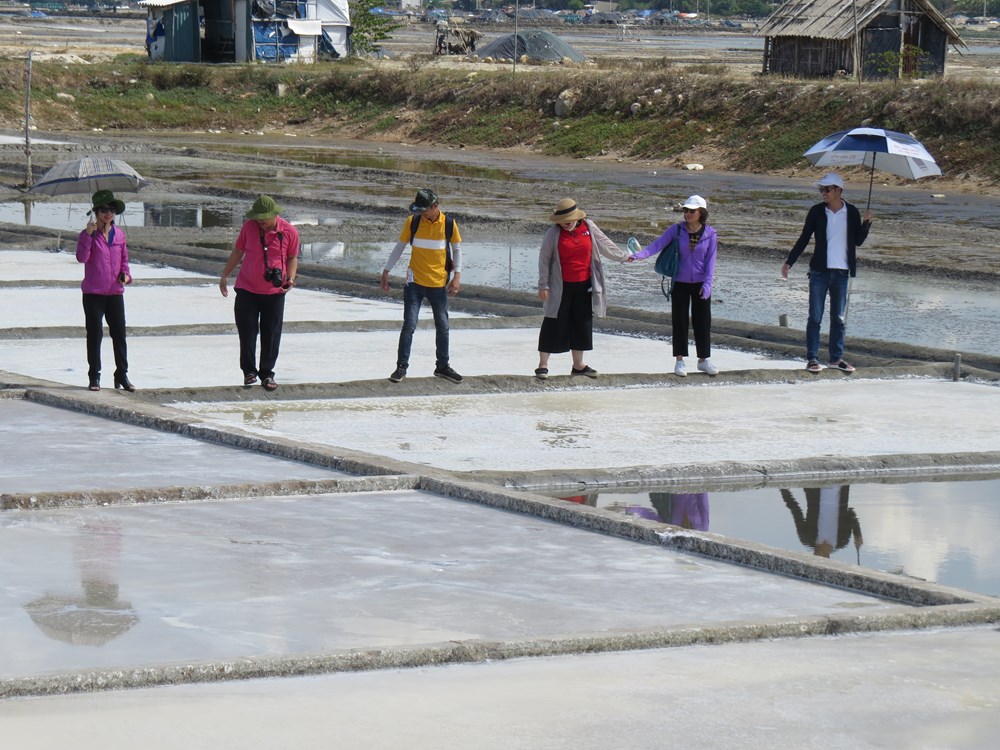

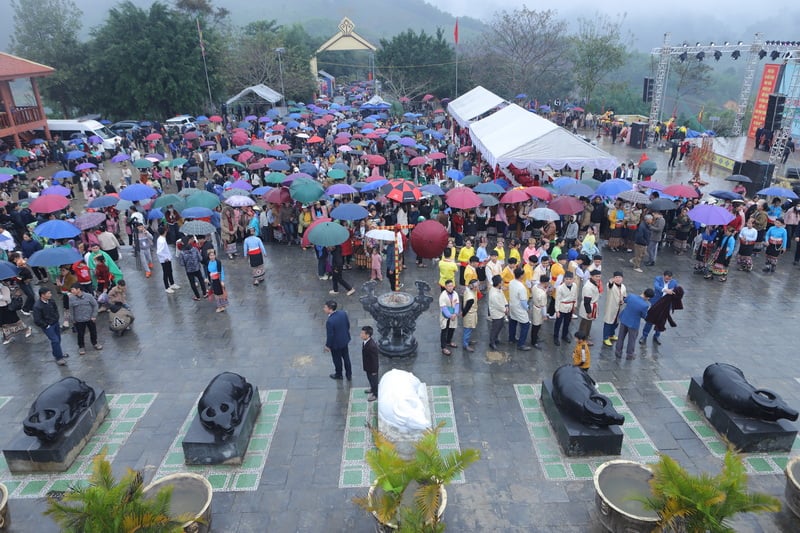

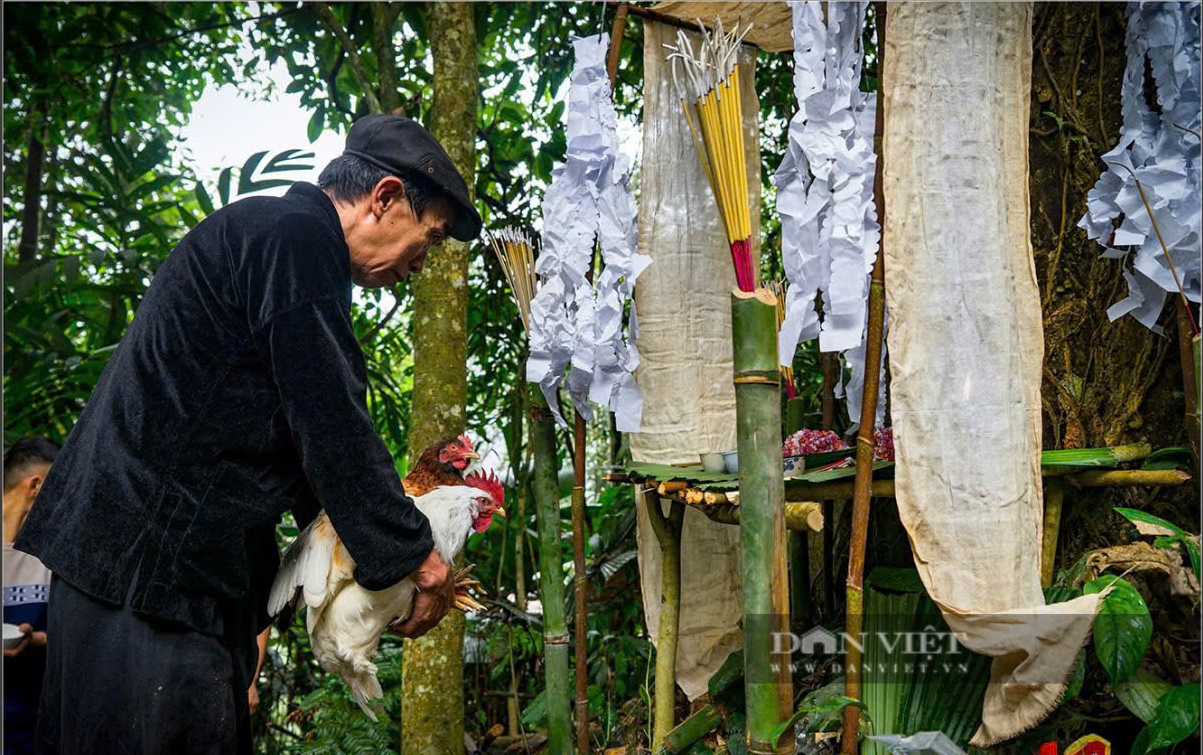

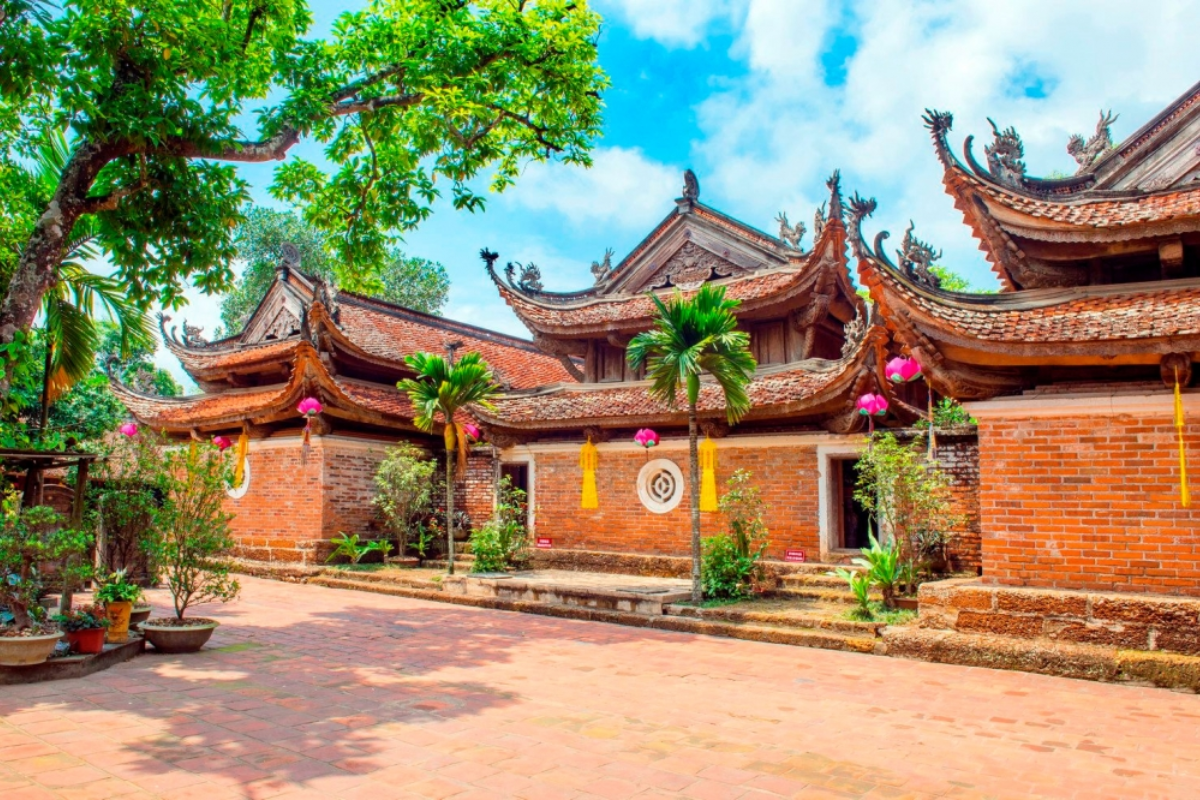

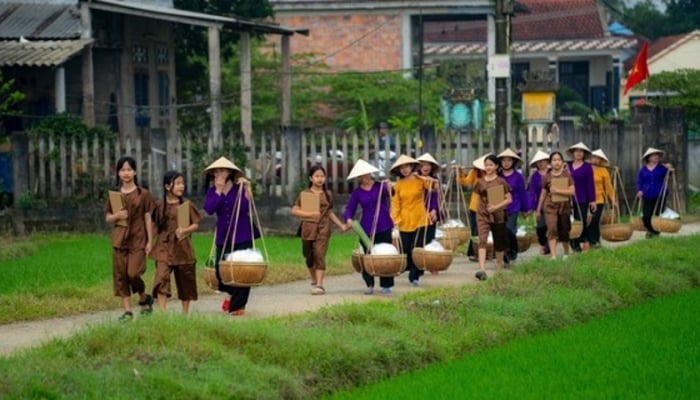

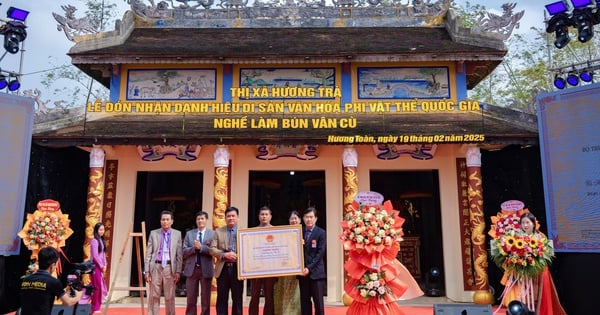

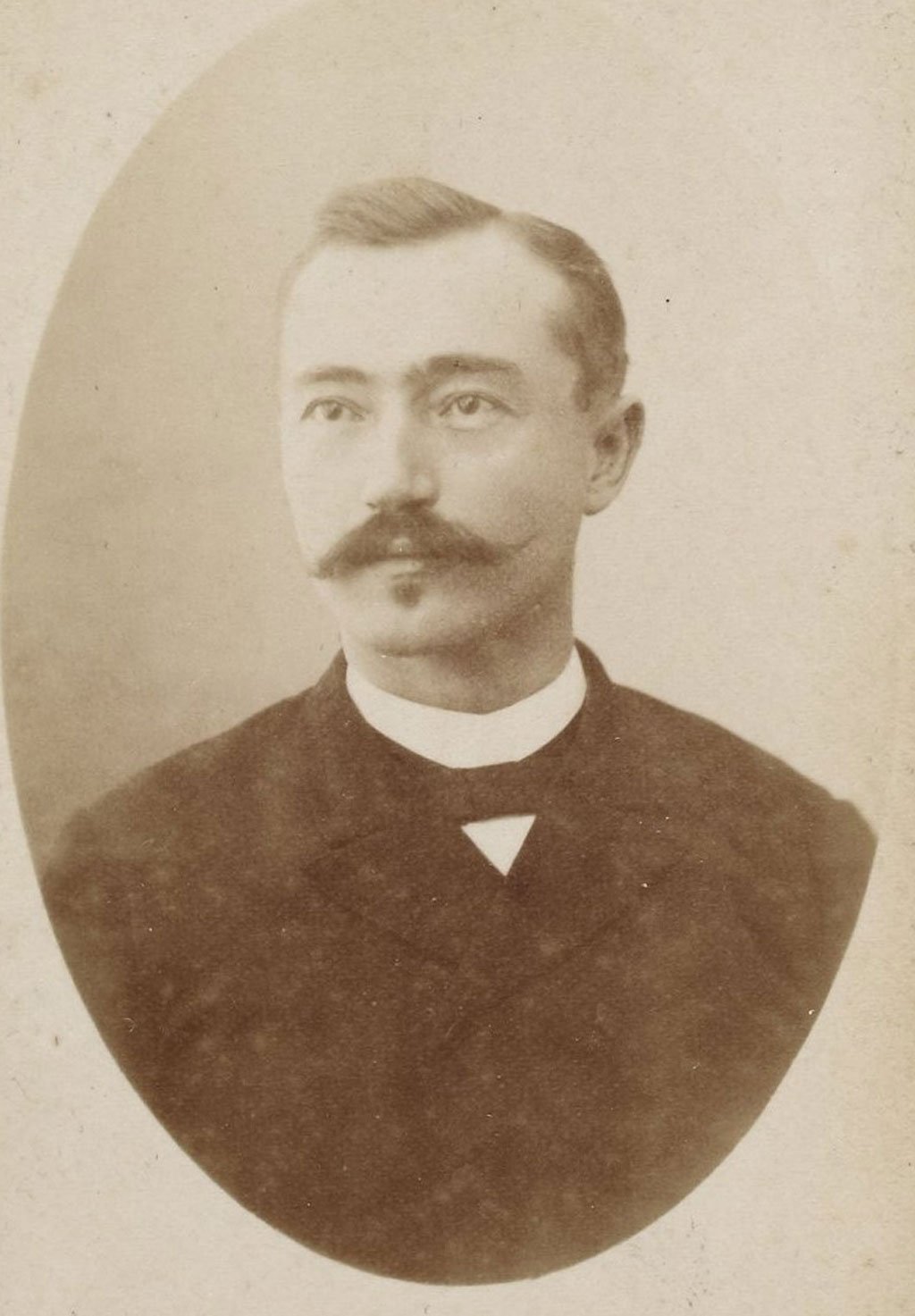

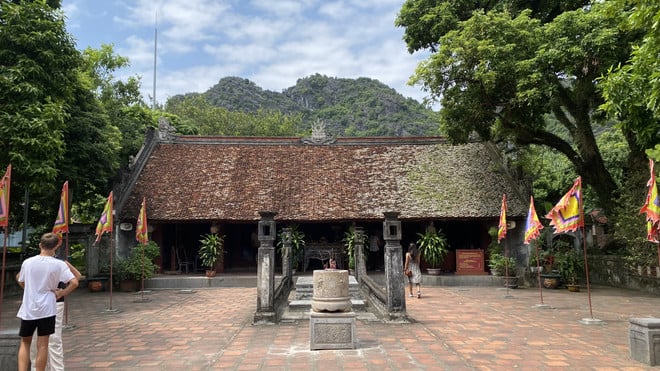
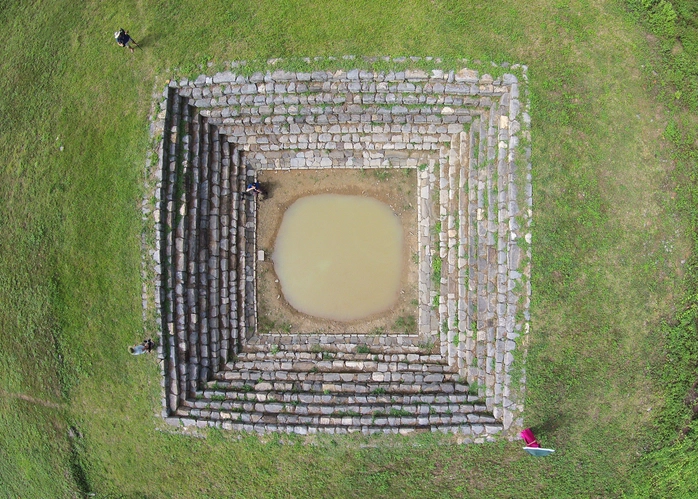

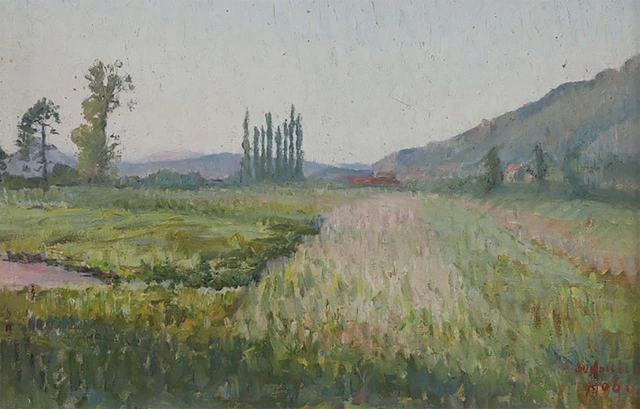


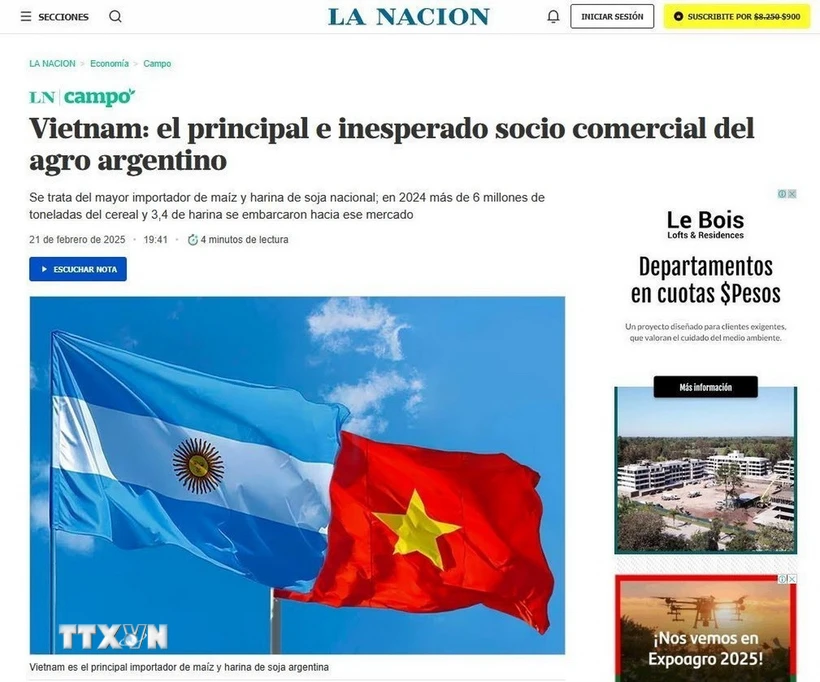

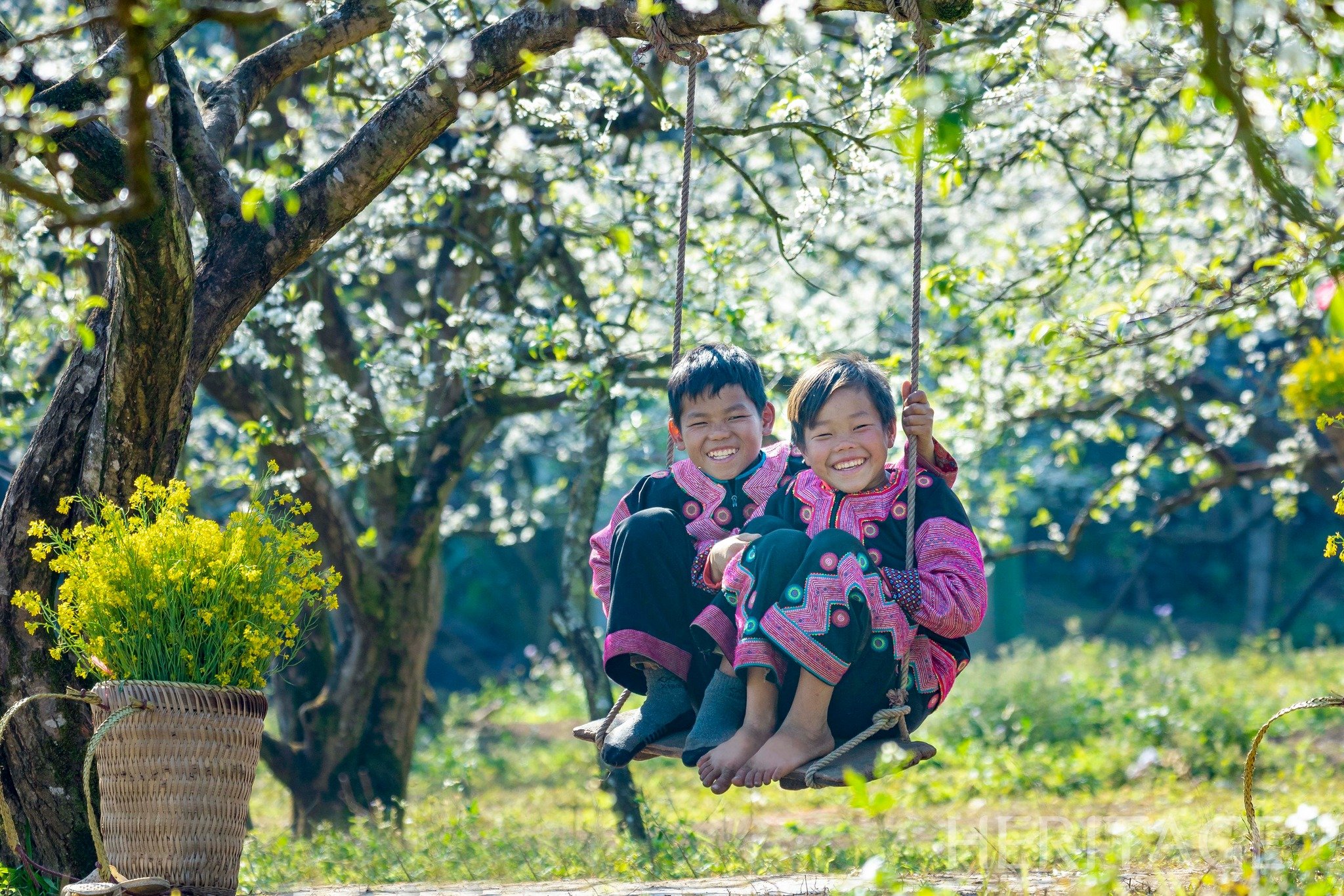







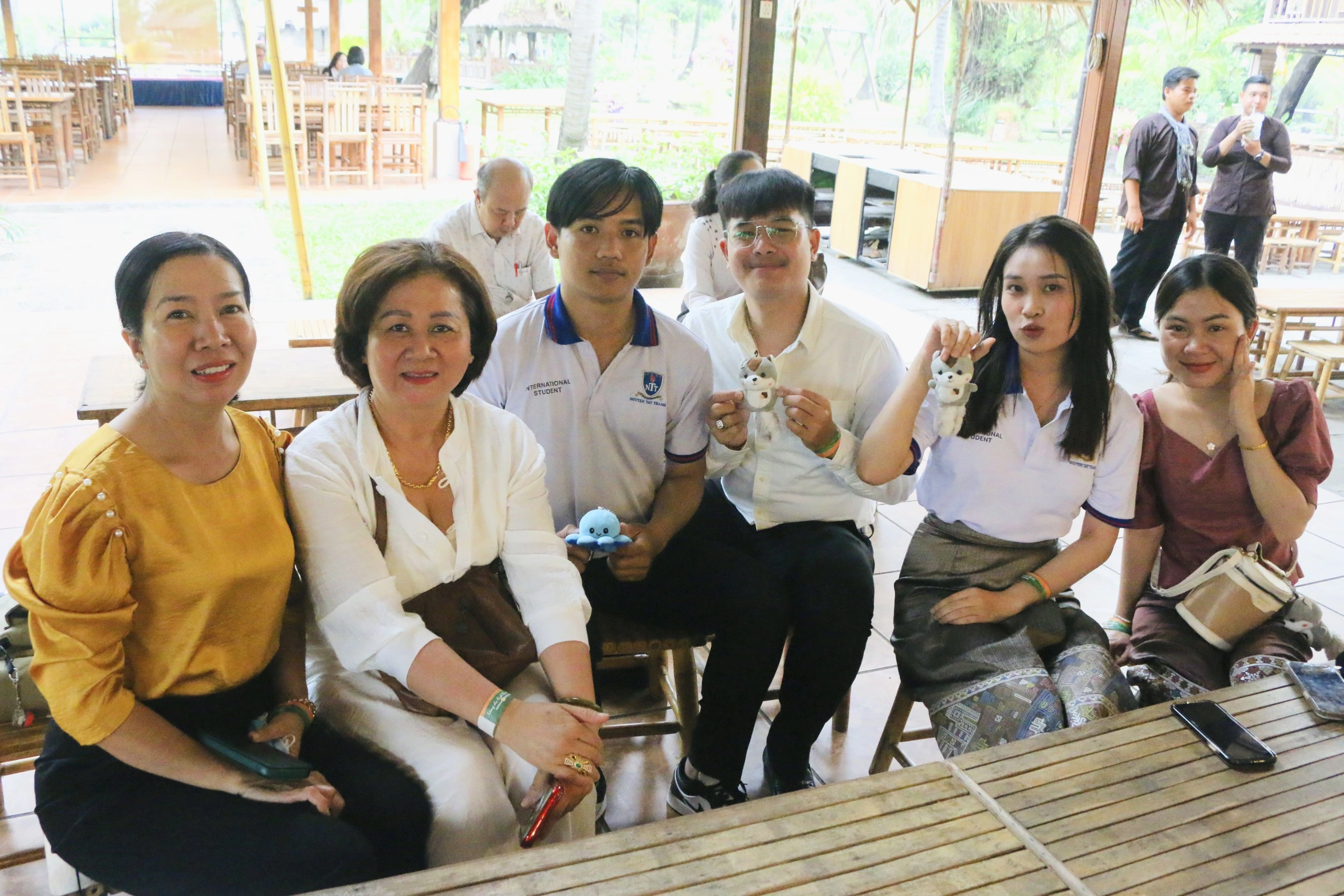


Comment (0)